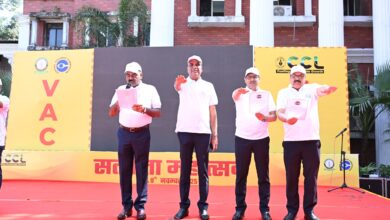A Revolution Through Education — Bihar’s Daughters Leading The Change
Impact of Girls’ Education, Enrollment and the Bicycle Scheme

Back in 2005, Bihar’s female literacy rate was just 37%. By 2019–20, it had surged to 57%. But this transformation isn’t just about numbers—it reflects a powerful shift in confidence, ambition, and participation among girls. Their inclination toward education and desire to pursue a brighter future have grown remarkably.
Female literacy in Bihar has improved markedly over the past two decades
The real catalyst for this change was the Mukhyamantri Balika Cycle Yojana (Chief Minister’s Bicycle Scheme for Girls), which sparked a movement. Over 871,000 girls have benefited from this scheme. As a result, more than 40% of female students have refused to drop out of school. In 2005, the number of girls enrolled in Class 10 was just 187,000. By 2024, that figure has risen to 872,000—a 4.5-fold increase.
Today, Bihar’s daughters are not just attending school—they are shaping the future of the state.
According to a report by the Centre for Development Policy and Practice – As per the 2011 census, it stood at the last position in terms of literacy with an overall percentage of 61.80%, i.e. almost 12 points less compared to the national average of 74.04% and 33 points less compared to the most literate state in India (Kerala). The male literacy rate in Bihar in 2011 stood at 70%, whereas female literacy was just over 50%, indicating that almost half of the women were outside the ambit of literacy . It brings us to the grave issue of gender disparity that becomes more prominent in rural areas, female literacy stands at only 29.6% compared to male literacy of 57.1% in 2011.
Gender disparity in literacy remains the hallmark of the Bihar education system, which was 19.7 points in 2011. It also got reiterated in the latest NFHS -5 data that revealed that in Bihar, women’s literacy rate is 55% compared to 76.4% in men, aged between 15 to 49 years. It marks the progress in literacy rates in Bihar but also highlights the gender gap of 21.4 points, which demands immediate attention from not only the state and centre but also civil society.





